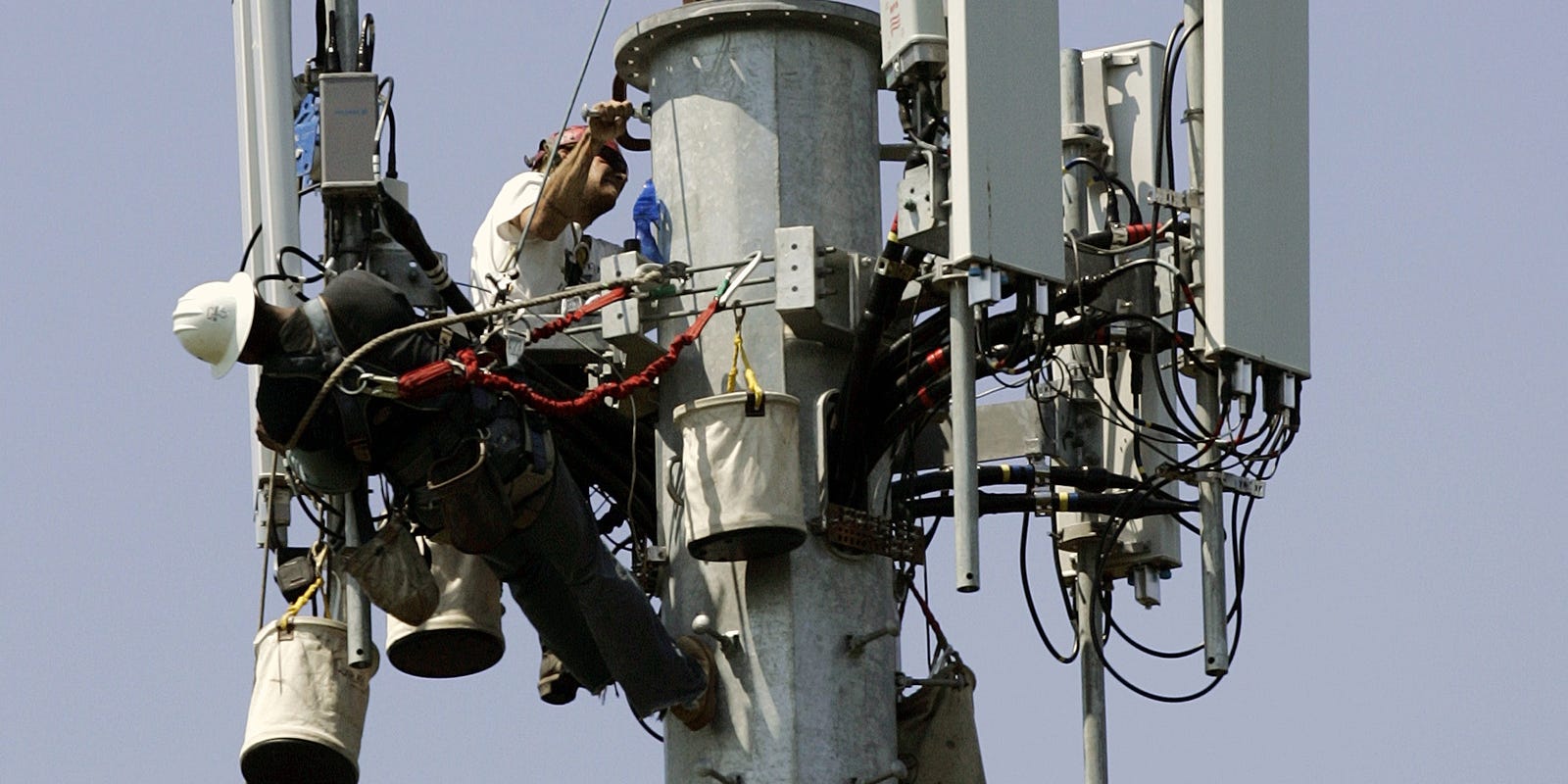If you've ever been through a town and spotted tiny cell towers for 5G on street light poles. They look like little boxes however they're actually sending wireless signals from mobile providers to your phone.
The smaller ones are being replaced by the larger, purpose-built cell towers. While they're less noticeable, they still can create problems for those who live nearby.
The of the FCC's Radiation Exposure Thresholds
The FCC's Radiation Exposure Thresholds establish the safe distance that an individual can be exposed to electromagnetic energy from wireless devices. safe distance to live from cell phone tower for exposure are based upon scientific research which show that the energy of RF could cause harm to health.
The absorption rate specific (SAR) is an indication of the amount of radiofrequency energy that is taken up by tissues. https://kruse-rosenberg.technetbloggers.de/what-lengths-away-can-one-be-from-a-new-5g-mobile-tower-system-before-becoming-dangerous-1682541145 's usually 1.6 Watts per kilogram spread over a gram of tissue.
However, because 5g transmits at higher frequencies this could be able to increase the intensity of energy on the skin and other directly-exposed body parts. This can lead to various possible harms, like the development of skin diseases like dermatitis, cataracts, and skin cancer.
Due to the possible severe effects of 5g radiation, PSU has chosen to establish a general, localized limits on power density, which is 4mW/cm2 measured across 1 centimeter, but not to exceed 30 minutes for all 5G services running at 3000 GHz. This limit for localization is in line with the maximum SAR spatial-average of 1.6 W/kg, which is averaged over 1 grams of tissues at six GHz.
The FCC's Maximum Exposure Thresholds for Maximum Exposure
If you've ever used a mobile phone, you're probably aware that the safest distance from the tower is around 400 meters away. This is because the power of the transmission of a cell tower increases dramatically the further you are from it.

While this sounds like an ideal idea however, people living in close proximity to towers could be more prone to health issues. For instance, a study conducted in 2014 in India discovered that those who lived within 50 meters of cell towers experienced significant more health issues than those who were far from antennas.
However, this study also showed that residents who moved into areas farther away from cell towers noticed their symptoms improve within a couple of days. Other studies have demonstrated that exposure to extreme amounts of electromagnetic field radiofrequency (EMFs) could cause cancer, brain tumors as well as other health issues.
This is due to the fact that radiofrequency radiation, which is utilized for wireless communication, has the ability to penetrate the body's outer layer, which is the skin. This is important to understand since the skin functions as a shield against injuries caused by mechanical forces, infections from pathogenic microorganisms, as well as entry of toxic substances. Additionally, it is the most important organ in the human body. It is responsible for maintaining the integrity of other organs.
The FCC's Minimum Exposure Thresholds for the Minimum Exposure
The FCC's Minimum Exposure Thresholds are based on numerous assumptions that are not supported by evidence from science. safe distance to live from cell phone tower include the false belief that short-term exposures to RF radiation are safe due to minimal penetration into the body (i.e. the heating of tissues).
The assumption also ignores the more extensive penetration of ELF parts of modulated RF signals, as well as the effects on the body of short bursts caused by RF pulses. These assumptions do not correspond with current understanding of the biological effects of RF radiation, and thus, they should not be relied upon for health-protection exposure standards.
Furthermore there is the fact that both ICNIRP and FCC limit their maximum limit of exposure to the local SARs, based on the peak frequency of absorption (psSAR) that is not a reliable dosimetric instrument to determine the degree of exposure to RF radiation. Particularly it is inconclusive for frequencies above 6 GHz. Furthermore, psSAR has not been tested for RF radiation that is exposed to other environmental agents , such like sunlight. The interactions of RF radiation with other agents in the environment could cause synergistic or antagonistic effects. This can lead to an increased risk of negative health effects. For instance, exposure to RF radiation and sunlight could increase the risk of developing skin cancer, and may also exacerbate other skin conditions like acne.
